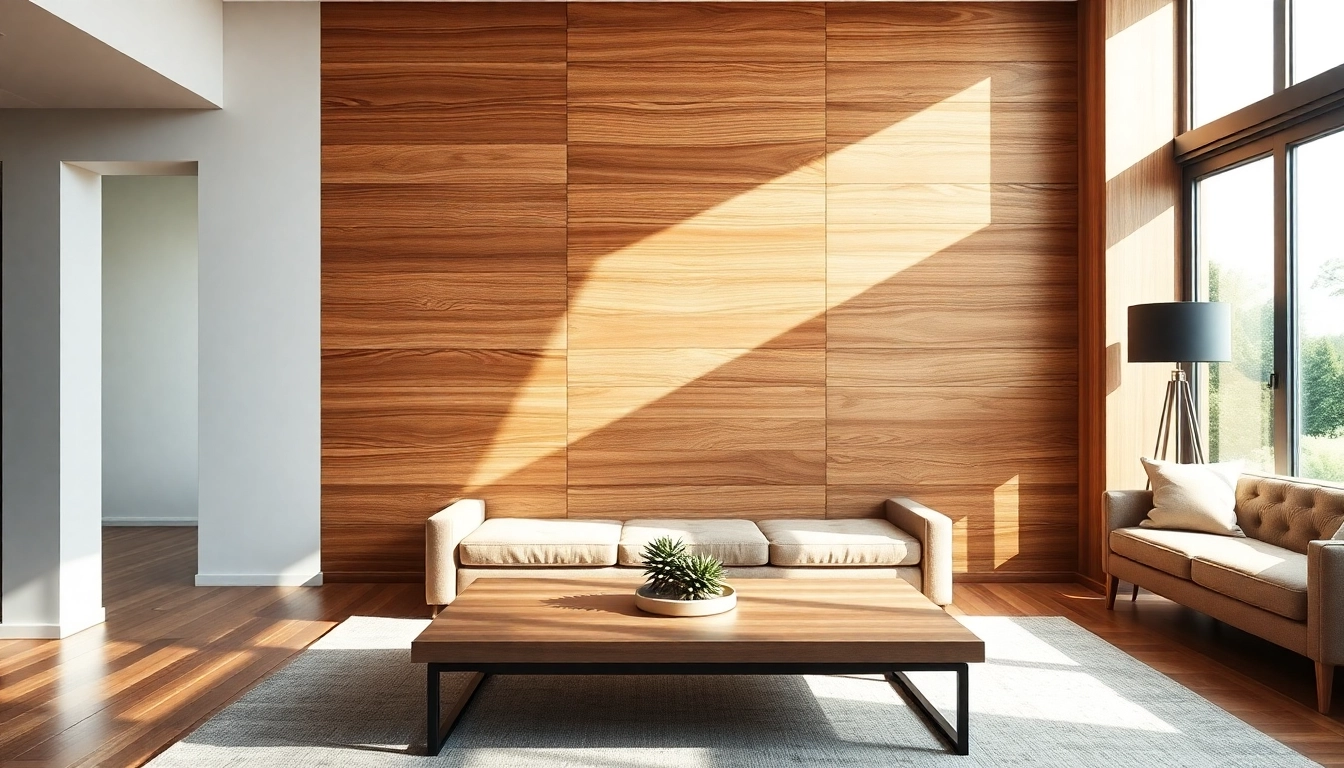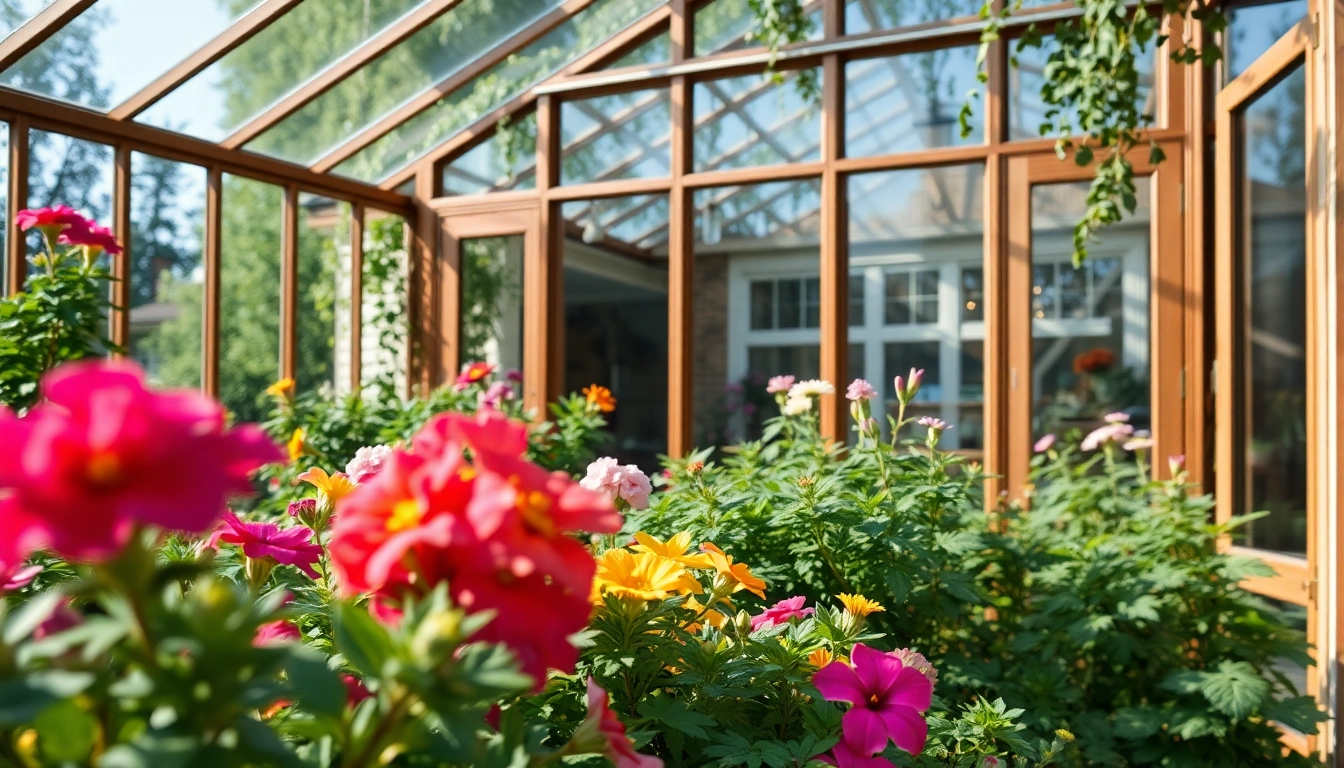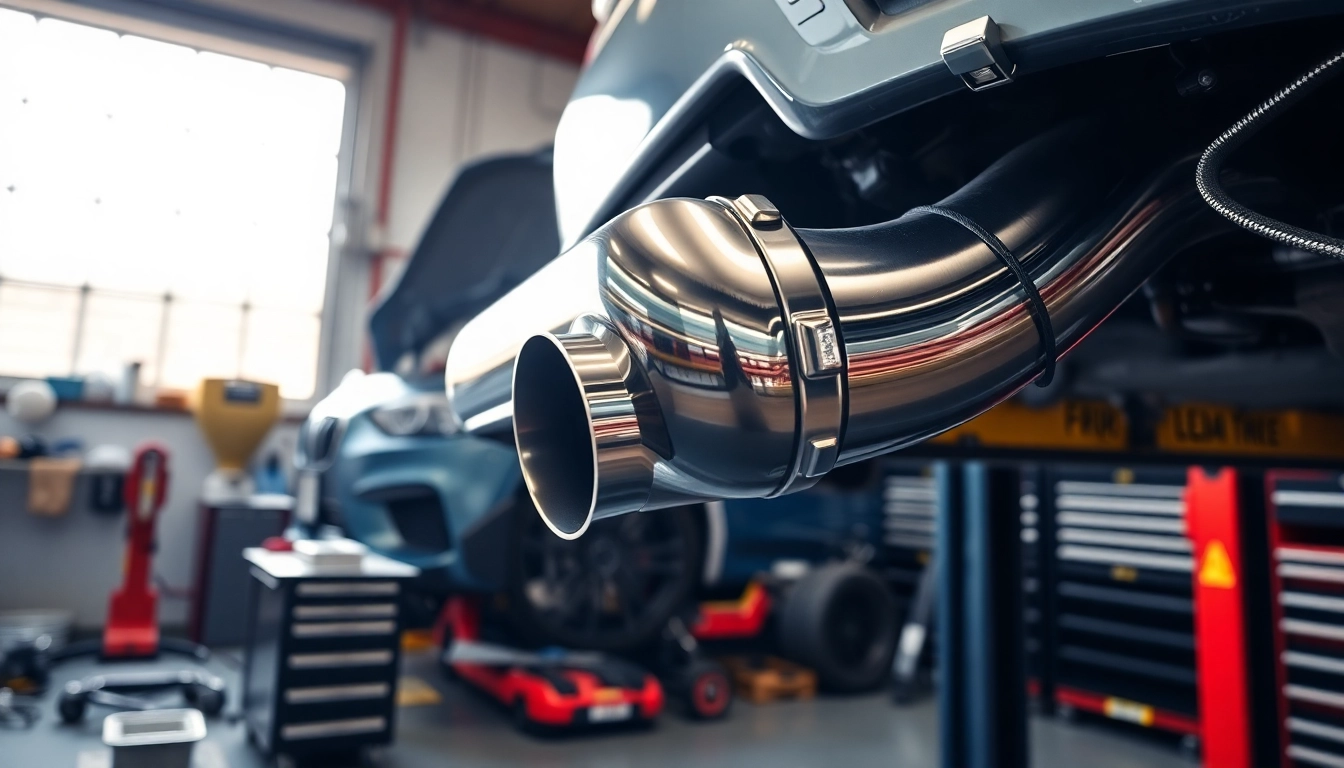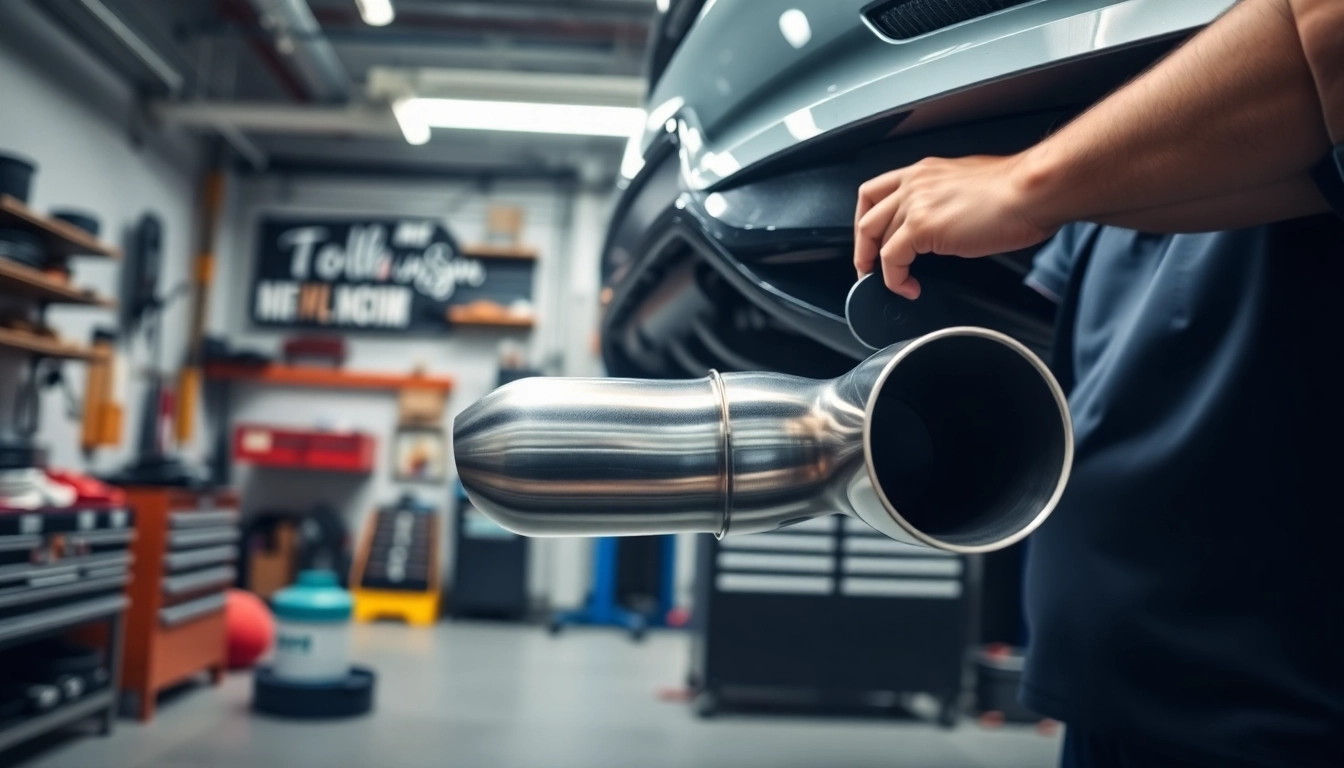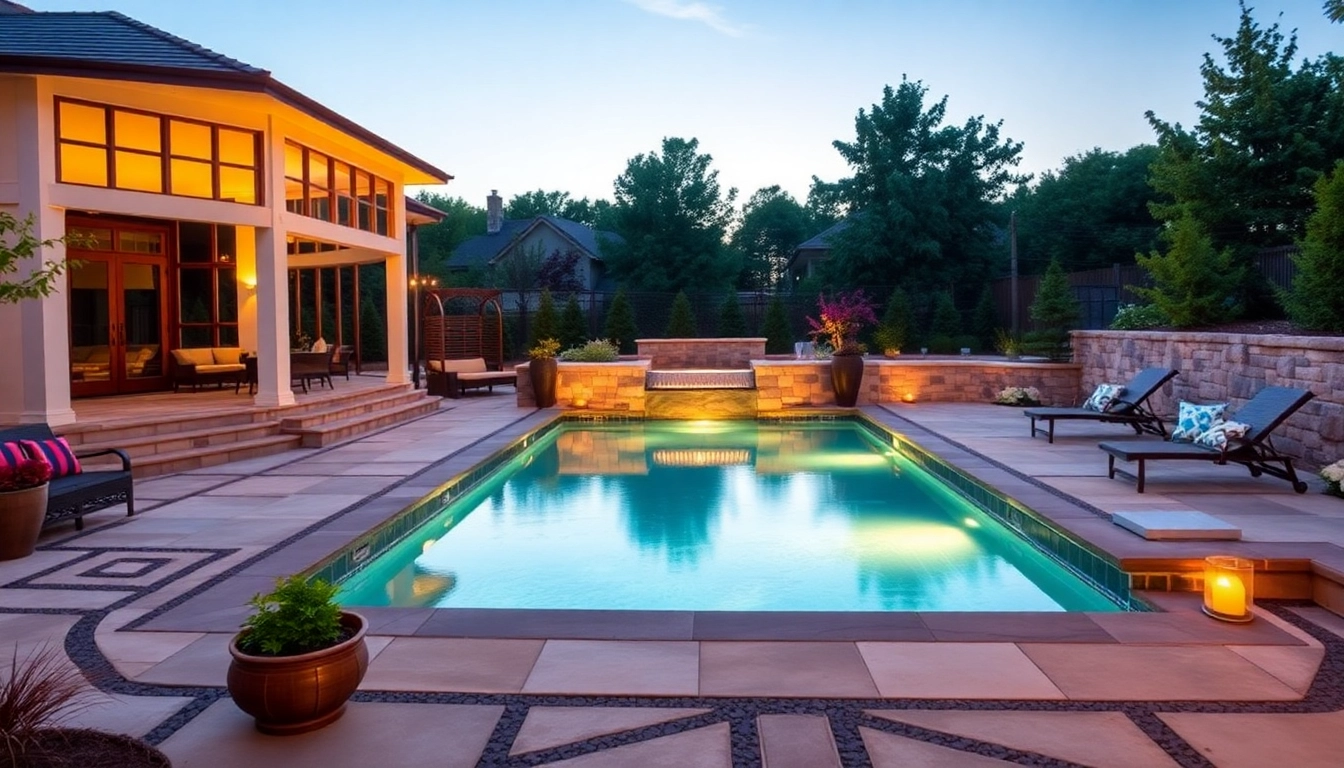
Understanding Hardscapes & Pools
Creating a stunning outdoor living space that seamlessly integrates hardscapes and pools is an endeavor that homeowners can find incredibly rewarding. These elements not only enhance the aesthetic allure of your property but also expand its functional capabilities. When you think about outdoor design, you might envision lush lawns and vibrant flowers, but hardscapes & pools bring a unique charm and versatility that landscape designs alone cannot achieve.
What are Hardscapes?
Hardscapes refer to the non-living elements of landscape architecture, encompassing man-made structures that play a significant role in shaping outdoor environments. This can include a variety of materials and installations such as:
- Patios
- Walkways and pathways
- Sitting walls and retaining walls
- Decks and pergolas
- Fire pits
- Water features
- Outdoor kitchens and grill surrounds
- Driveways
Each of these components contributes both functionality and visual appeal to outdoor areas. Hardscaping defines spaces, guides movement, and creates focal points while also balancing out the organic elements of landscaping.
Benefits of Integrating Pools with Hardscapes
The fusion of hardscapes and pools results in a multifaceted outdoor living space that can serve numerous purposes. Notable benefits include:
- Aesthetic Unity: Harmonizing hardscapes and pools creates a cohesive look, increasing the overall beauty of your yard.
- Enhanced Functionality: Patios, decks, and other hardscape elements offer functional areas for lounging, dining, or entertaining, all while providing easy access to the pool.
- Increased Property Value: Well-designed outdoor spaces can significantly raise the value of your home, making it more appealing to potential buyers.
- Low Maintenance Styles: Hardscapes require less upkeep compared to traditional landscaping, leading to easier maintenance in the long-term.
- Safety and Durability: Integrating hardscape materials around pools can provide safe, slip-resistant surfaces that not only enhance safety but also withstand weather elements.
Popular Hardscape Materials for Pools
Choosing the right materials for your hardscapes is pivotal to ensure durability, safety, and aesthetic cohesiveness. Here are some commonly used materials:
- Natural Stone: Materials like granite, slate, and limestone offer a timeless look while providing durability and slip resistance.
- Concrete: Versatile and incredibly durable, concrete can be textured, colored, or stamped to create stunning visual effects.
- Pavers: Available in various materials, including brick and concrete, pavers allow for creative designs and are easy to replace if damaged.
- Porcelain Tiles: Excellent for pool decks, porcelain offers low porosity, making it resistant to absorption and ideal for wet areas.
Designing Your Hardscapes & Pools
Planning Your Outdoor Space
Effective planning is essential to create a harmonious and functional outdoor setting. Begin by assessing your outdoor area’s size, layout, and existing features. Important steps include:
- Define Your Purpose: Determine how you plan to use your outdoor space—whether for family gatherings, relaxation, or entertaining guests.
- Sketch a Layout: Create a rough design of your desired layout, showing how hardscapes and pools will interact.
- Consider Sunlight and Wind: Evaluate how sunlight and wind patterns affect your space during different times of the day and year.
A well-thought-out plan ensures the efficient use of space and resources, leading to a more cohesive and enjoyable outdoor environment.
Choosing the Right Pool Type
Selecting the right pool style is crucial in complementing your hardscaping efforts. Common options include:
- Inground Pools: Provides a permanent solution and can be designed in a variety of shapes and sizes.
- Above Ground Pools: Typically more affordable and can be installed quickly, offering flexibility as they can be removed or relocated.
- Infinity Pools: Known for their stunning visual effects, they create a boundary-less look with their water edge.
- Dipping Pools: Smaller in size, these pools are great for tight spaces and can be a stylish yet functional addition.
Incorporating Landscaping Features
Landscaping features complement hardscapes and pools by adding life, color, and texture. Consider the following:
- Native Plants: These require less water and maintenance while providing habitat for local wildlife.
- Lighting: Path lights, spotlights, and ambient lighting enhance safety and beauty during nighttime.
- Water Features: Fountains, waterfalls, and ponds can seamlessly integrate with pools, creating tranquil sounds and enhancing relaxation.
- Outdoor Furniture: Stylish, weather-resistant furniture can make your space functional and inviting.
Installation Tips for Hardscapes & Pools
DIY vs. Professional Help
Deciding whether to tackle your hardscapes and pool installation yourself or hire a professional is fundamental. If you have experience and the necessary tools, smaller projects can be DIY. However, larger or complex installations often require professional help to ensure quality and safety. Key considerations include:
- Complexity: Large structures or intricate designs typically necessitate professional skills.
- Time Commitment: DIY projects can be time-consuming; consider your availability.
- Permitting and Codes: Professional contractors are familiar with local regulations, securing necessary permits for the work.
Essential Tools and Materials
If you opt for a DIY project, having the right tools is crucial. Basic requirements often include:
- Shovels, trowels, and rakes for soil preparation.
- Levels and measuring tape to ensure accurate dimensions and layout.
- Concrete mixers or compactors for hardscape installations.
- Safety gear including gloves and goggles.
Purchasing or renting quality materials ensures a robust foundation and a lasting finished product.
Scheduling Your Installation
Scheduling is vital to avoid conflicts and inefficiencies. Consider the following:
- Seasonality: Spring and summer are peak times for installations, leading to delays. Early planning can alleviate timing issues.
- Weather Conditions: Ensure that your timelines consider local weather conditions that could affect installation, especially for concrete work.
- Follow a Timeline: Map out a structured timeline, incorporating buffer periods for unexpected delays.
Maintenance of Hardscapes & Pools
Seasonal Care for Your Pool Area
Each season brings unique challenges, and understanding how to care for your pool and surrounding hardscapes is crucial.
- Spring: Clean pool covers and check equipment. Begin regular maintenance as temperatures rise.
- Summer: Monitor chemical levels, clean surfaces frequently, and ensure filters are functioning optimally.
- Fall: Prepare for winter by covering pools, and perform preventative maintenance on hardscapes.
- Winter: Ensure pipes and pool equipment are winterized to prevent damage in freezing temperatures.
Cleaning Hardscape Surfaces
Regular cleaning preserves the beauty and durability of hardscapes. Effective cleaning techniques include:
- Pressure Washing: Use a pressure washer to remove dirt, grime, and algae from surfaces.
- Sealants: Applying sealants can protect surfaces from stains and enhance their appearance.
- Regular Sweeping: Keeping hardscape surfaces clear of debris prevents staining and growth of weeds.
Long-Term Enhancements and Repairs
Even the best installations require maintenance over time. Long-term strategies include:
- Regular Inspections: Examine your structures periodically for any damage or wear and address issues promptly.
- Resurfacing: Consider updating pool surfaces or hardscapes every 5-10 years to keep them looking fresh.
- Updating Designs: As trends change, consider small updates like new plantings or furniture to keep your space modern.
Cost Considerations for Hardscapes & Pools
Budgeting for Your Project
Creating a functional outdoor space with hardscapes and pools involves various costs. Critical expenses typically include:
- Design fees for professional help.
- Materials for hardscaping and pool installation.
- Labor costs, which vary depending on the complexity of the installation.
- Permitting fees for any necessary local regulations.
Establishing a clear budget upfront can prevent surprises and help allocate funds appropriately.
Comparative Analysis of Installation Costs
Cost can vary significantly based on location, materials, and design complexity. Insightful breakdowns include:
- Inground pools generally have a higher upfront cost than above-ground options, often ranging between $25,000 to $50,000.
- Hardscaping materials such as natural stone can cost between $15 to $30 per square foot, while concrete may be less expensive.
- Installation costs from professional services can add 10-20% to the total project cost, but ensure quality and safety.
Financing Options for Homeowners
Many homeowners seek financing options to manage the costs of installing hardscapes and pools. Common solutions include:
- Home Equity Loans: Leveraging home equity to fund larger projects.
- Personal Loans: These loans typically require good credit but can cover smaller projects.
- Financing through Contractors: Many contractors offer financing plans that allow payments over time.
